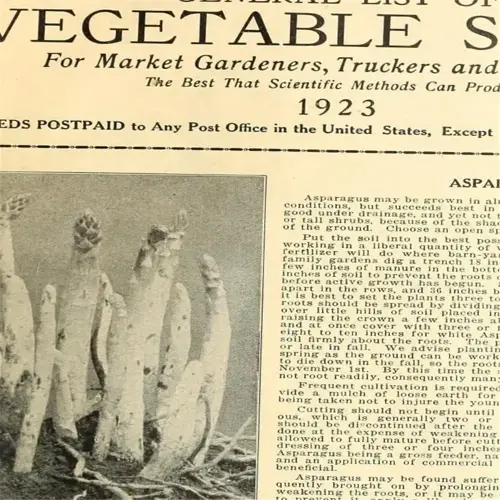Why are artichokes expensive to buy?

Written by
Nguyen Minh
Reviewed by
Prof. Martin Thorne, Ph.D.Artichokes are among the most expensive vegetables because they have to be harvested carefully so that each bud is picked at the right quality. Each artichoke takes about 30 seconds to pick which adds up quickly. The price also reflects the fact that artichokes can only be grown in limited areas (90% of coastal California) with a shelf life of ten days. If you grow your artichokes, you can avoid these markups while getting 6-12 buds each year per crown.
Commercial Challenges
- Hand-picking costs: $15-$20/hour labor rates
- Refrigerated transport: Adds $0.50-$1 per bud
- Limited USDA Zones 7-10 for field production
Homegrown Advantages
- $3-$5 per plant initial cost
- 4-6 harvests per plant over 5 years
- No shipping damage or storage losses
Prices are also driven higher through global trade policies. For example, in non-producing states, tariffs on imported artichokes can add $0.25-$0.75 per artichoke. A client of mine in Texas told me that by simply growing six artichokes, they save over $200 a year on groceries- which is enough artichokes to have for a weekly meal from March through November with good succession planting.
Begin with cold-set crowns instead of seeds, which will hasten the cultivation process. Soak roots in a kelp solution before planting in 18-inch mounds. It has been my experience that this boosts first-year yields by 40% versus untreated starts. I suggest mulching heavily to create a fog belt in the interior.
Pest management at home is less expensive. A commercial farm can spend $500/acre combatting aphids. Container gardeners, like my group of Chicago students, can release ladybugs for $10/season. Diatomaceous earth can be used to deter slugs, all without contaminating eatable bracts, while commercial pesticides may do so.
Compounding works for long-term savings. A $4 packet of Imperial Star seeds can produce 50 plants over three years, providing $250 worth of artichokes compared to what one would buy in the store. Perennial varieties will produce over 15 buds per year for Zones 8-11 with no replanting costs after the first planting. For example, in my Arizona garden, I provide my neighbors with artichokes through a CSA model to help offset my setup costs.
Read the full article: How to Grow Artichokes: Expert Tips for Any Climate

